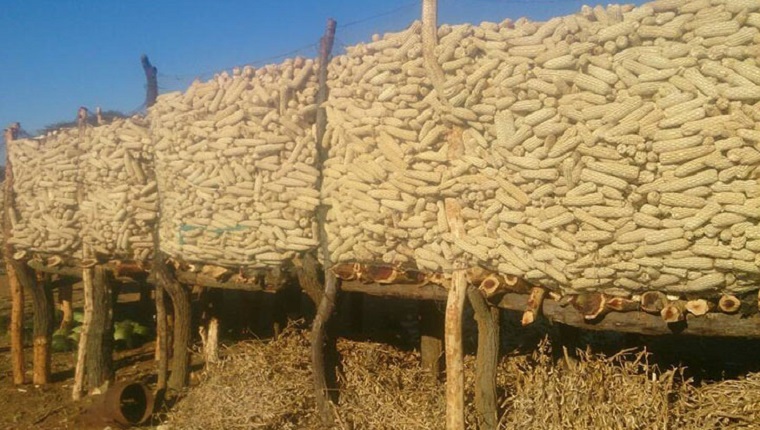It is difficult to tell, but it’s very unlikely that Pfumvudza plots contributed massively to the big total harvest given the areas involved. Pfumvudza has been important at the margins, especially for poorer, smallholder farmers, and of course as a result has become central to early electioneering by local politicians. Instead, this year maize outputs from larger farms across bigger areas were key contributors to the total.
Command agriculture
Here the government’s other favoured programme – Command Agriculture – probably came into play. The programme has been plagued by corruption scandals, poor delivery and costs a small fortune due to poor repayment patterns. Through the Ministry of Agriculture and with military support, the programme offers loans mostly to larger-scale farmers, often in the resettlement areas (mostly A2), including seeds, fertilisers, fuel and other inputs.
Not surprisingly, such support boosts yields and on larger areas in a good rainfall year, this results in big outputs, which have to be channelled to the state Grain Marketing Board to facilitate loan repayment. In terms of aggregate food production Command Agriculture certainly delivered in the last season, although the economics of this achievement can be seriously questioned.
Of course, only relatively few, often well-connected, farmers gain full access to Command Agriculture packages. Even if a wider group may get some elements, there are multiple complaints that delivery is delayed, the input packages are incomplete and that there is so much corruption in the system, it’s difficult to navigate as a normal farmer. Many in our land reform study areas don’t bother and prefer to go it alone.
Land reform boosts food security
My hunch is that it is the large numbers of land reform farmers, often farming on relatively small areas (around 5 hectares of arable) in the so-called A1 areas, who have made the difference, and are the major contributors to the harvest success. Twenty years on, they have settled into a rhythm of successful, small-scale production, with selective use of inputs but on areas significantly larger than their communal area counterparts, who may have a hectare or less of land to farm.
Supplementary irrigation in small plots may help, assisted by the massive growth of small pumps and irrigation pipes. Although such areas rarely focused on maize, except for early green maize in gardens, the possibility of emergency irrigation in some plots is there, although not required in the past year.
We have been studying land reform areas now for 20 years, and the results are interesting yet still poorly understood. Production of course varies massively between years, across our sites (from the high potential areas of Mvurwi to the dryland areas of the Lowveld around Chikombedzi) and between people (some highly commercialised, with increased mechanisation and others much more subsistence producers).
Overall production is significant as this is on large areas (a total of around 10 million hectares across A1 and A2 farms nationally). A boost in yield as happened this past year can make a huge difference in aggregate, offering opportunities for sustained national food security, with surplus grains either stored or invested in value addition activities. The massive increase in poultry production across our sites reflects this, again having positive benefits across communities.
Continued next page
(139 VIEWS)


